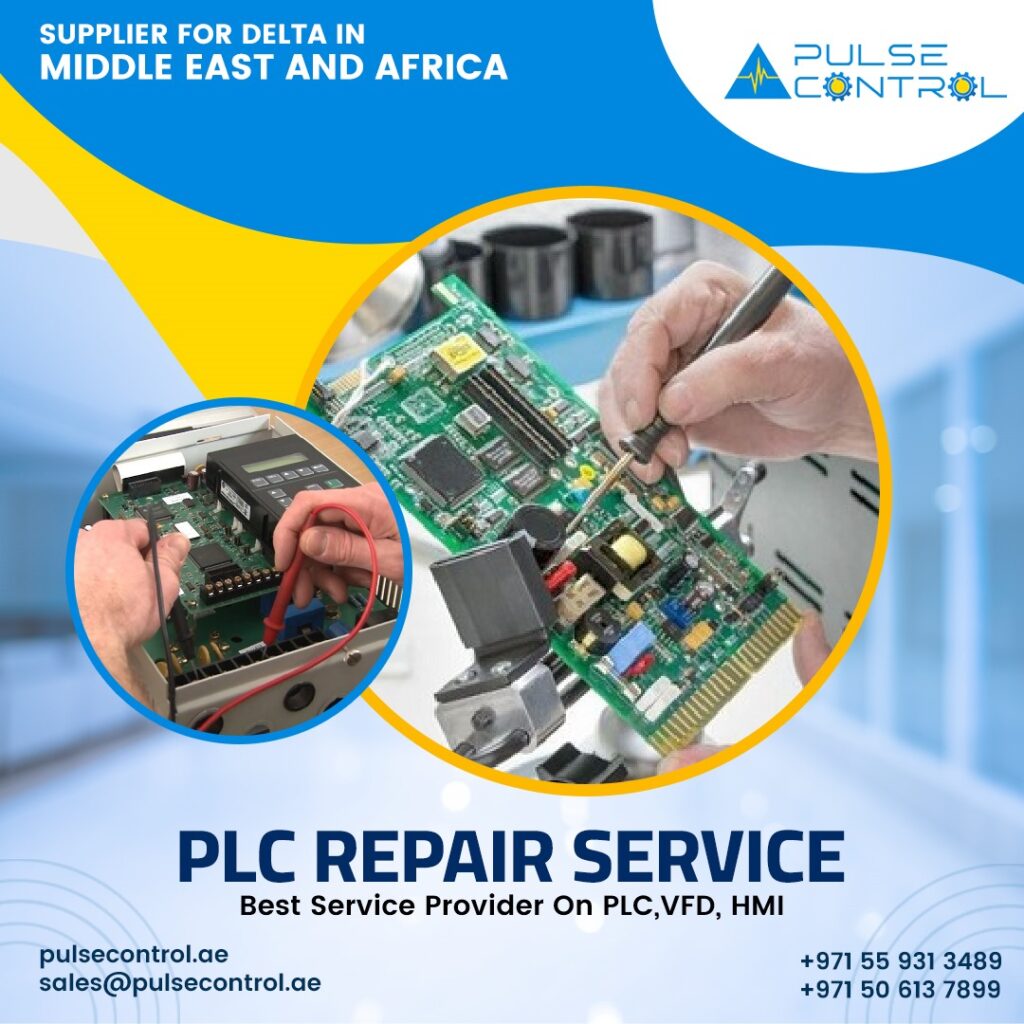Pulse Control Industrial Equipment LLC is a trusted and leading sensor supplier in the UAE, providing high-quality industrial, automation, and precision sensors for a wide range of industries. With a strong reputation for reliability and excellence, the company offers advanced sensor solutions designed to enhance efficiency, accuracy, and automation in industrial processes. Whether for temperature sensing, pressure monitoring, motion detection, level measurement, or proximity sensing, Pulse Control Industrial Equipment LLC sources and supplies cutting-edge sensors from globally recognized manufacturers. Their extensive product range caters to sectors such as manufacturing, oil & gas, automotive, healthcare, and construction, ensuring businesses have access to the latest sensor technology to optimize operations and improve productivity.
Committed to delivering innovative solutions and exceptional customer service, Pulse Control Industrial Equipment LLC provides expert consultation to help clients select the right sensors for their specific applications. Their team of professionals understands the evolving demands of industries and ensures that all products meet international quality standards for performance and durability. By offering customized sensor solutions, timely delivery, and competitive pricing, the company continues to be a preferred choice for businesses seeking high-precision and reliable sensor technology in the UAE. Whether for industrial automation, environmental monitoring, or smart building systems, Pulse Control Industrial Equipment LLC remains dedicated to empowering businesses with state-of-the-art sensing solutions for a smarter and more efficient future.



